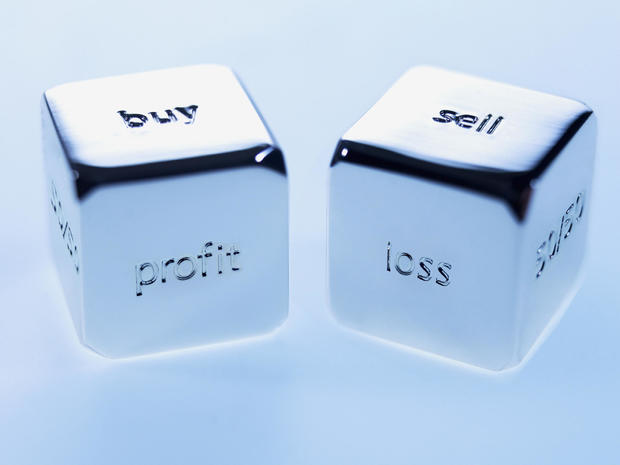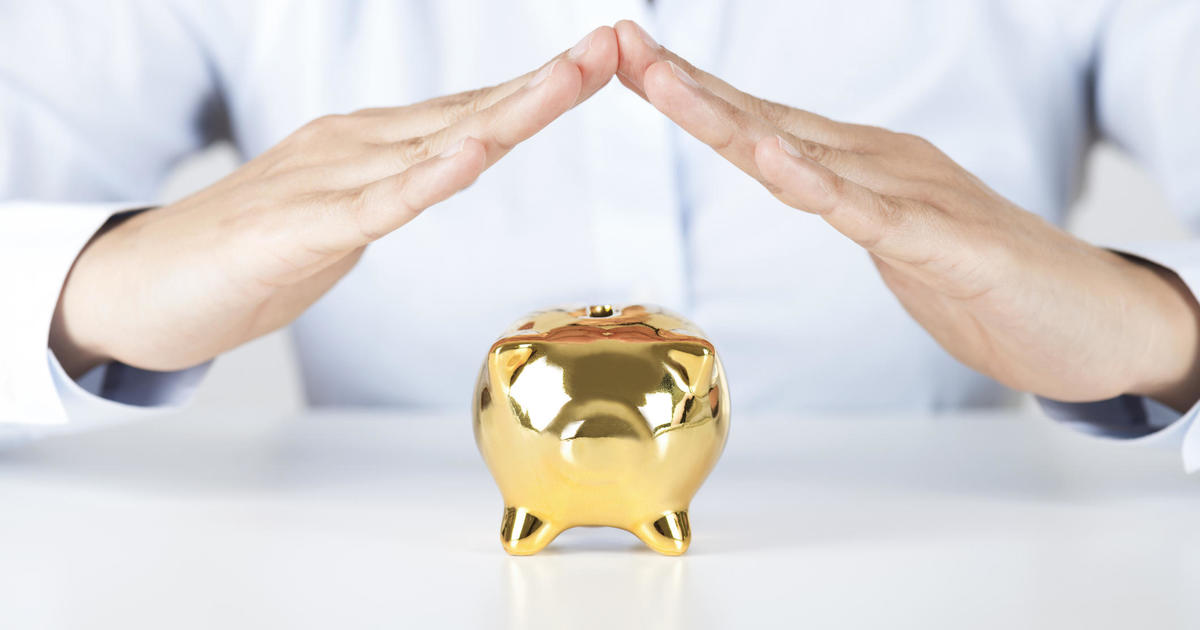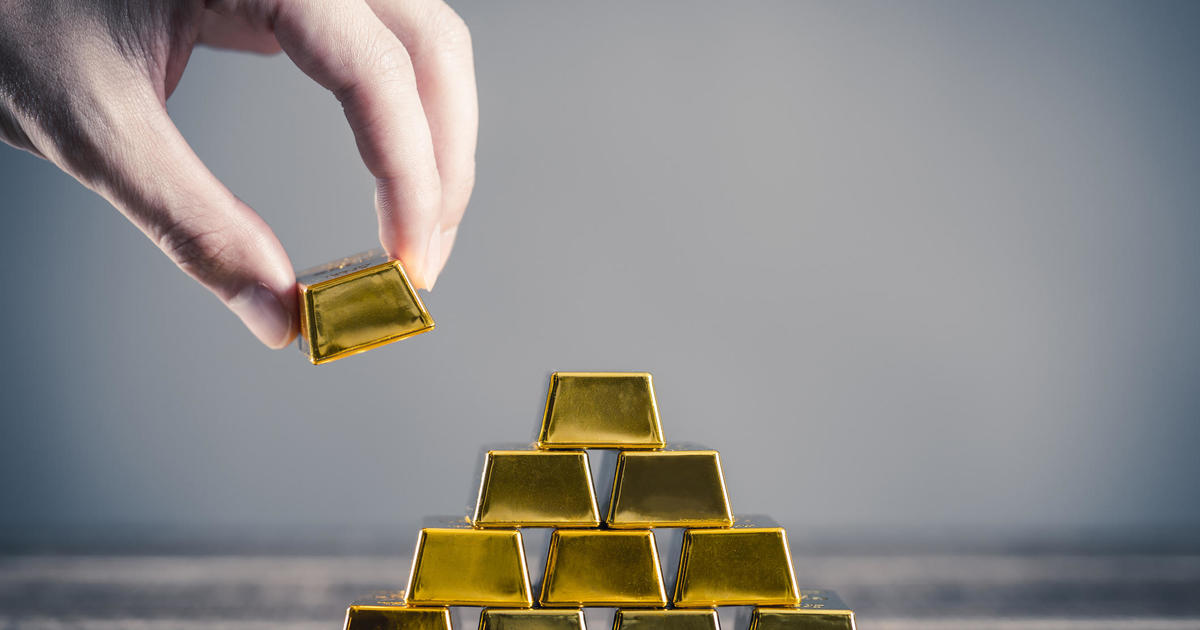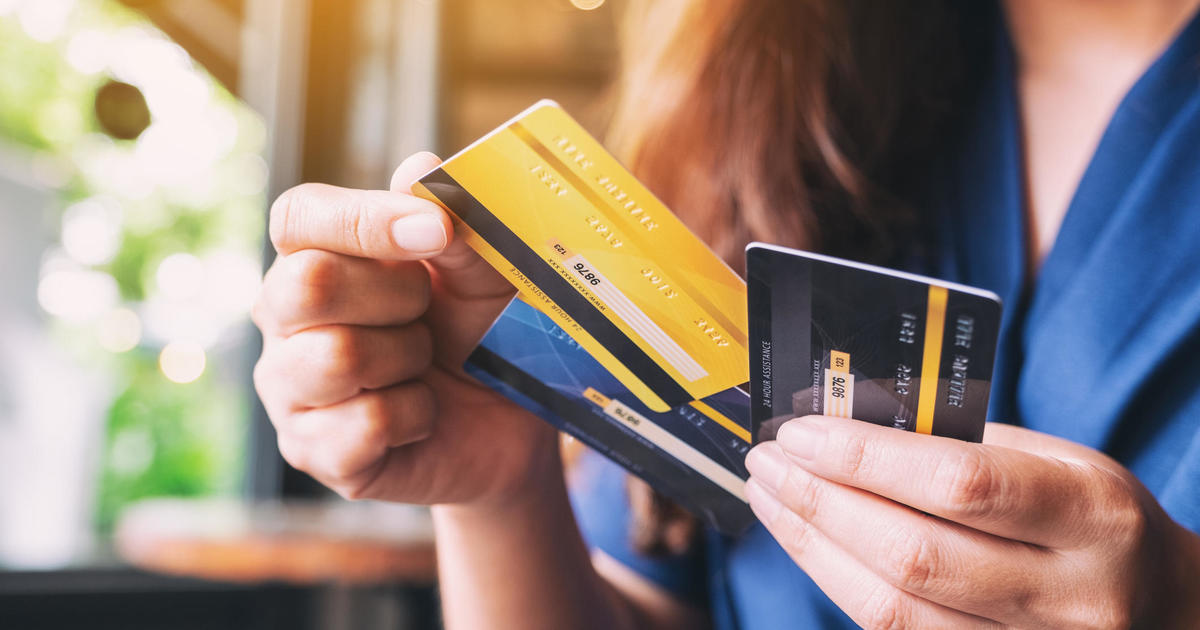Should you invest in silver bars and coins? Benefits and risks of buying in
Gold investing has been growing in popularity in recent years, due in large part to the unusual economic environment we're currently facing. One of the main drivers is persistent inflation, which is devaluing the dollar and making it important for investors to turn to inflation-hedging assets, like gold, to protect the value of their money. And, other issues, like global geopolitical turmoil, are further impacting the economy and prompting investors to diversify their portfolios with the yellow metal.
But while gold can offer a number of unique benefits to investors, it's certainly not the only precious metal investing option available to you. Platinum, palladium, copper and even silver are other options to consider when it comes to investing in precious metals — and, like gold, there are benefits to adding one or more of them to your portfolio.
Silver, in particular, presents an alternative option worth considering. While it doesn't garner the same prestige as gold, silver offers several unique potential benefits to investors. Below, we'll take a closer look at the potential benefits and risks of investing in physical silver right now.
Explore your top precious metal investing options online now.
Should you invest in silver bars and coins?
Buying silver bars and coins can make sense in a lot of instances, but it won't be the right option for everyone. Here's what you should know.
The benefits of buying silver bars and coins
When it comes to investing in physical precious metals, silver bars and coins can offer some distinct advantages over other options like gold bullion.
For starters, one of the biggest benefits is affordability. Silver currently trades at about $25 per ounce compared to over $2,100 per ounce for gold (as of March 25, 2024), and the significantly lower pricing of silver makes it much easier for investors to build up a meaningful allocation over time without requiring as much upfront capital outlay.
Another key advantage of physical silver bars and coins is the pricing efficiency and liquidity they offer investors. Silver bars and coins from reputable sovereign and private mints track very closely to the prevailing spot silver price, allowing efficient entry and exit points. There's also an extremely liquid global market for buying and selling silver bullion products through major dealers.
And, compared to more complex silver investments, like mining stocks or ETFs, physical bars and coins provide direct investment exposure without any counter-party risk. The tangible nature of these silver holdings can provide a sense of security for investors amid times of economic uncertainty.
For investors seeking portfolio diversification, silver's relatively low correlation to assets like stocks and bonds over time can help enhance diversification benefits. Silver can serve as a hedge against inflation pressures as well, which could be valuable if price pressures remain stubbornly elevated.
Find out more about how silver and gold investing could benefit you now.
The risks of buying silver bars and coins
While investing in silver bullion offers some potential upsides, there are also important risks to carefully consider.
To start, one major drawback is that silver prices have historically exhibited higher volatility compared to gold, with more frequent price swings in the shorter term. This volatility generally requires a strong risk tolerance from silver investors.
There are also logistical considerations and costs involved in safely storing and securing holdings of physical silver bars or coins. Items like home safes, bank safety deposit boxes and insurance policies are necessities that come with owning meaningful amounts of silver bullion. These security costs can add an extra layer of inconvenience and expenses, so it's important to know what you're getting into before investing.
From an asset allocation perspective, silver is also considered more speculative than gold due to its association with industrial usage rather than serving primarily as a monetary metal. Silver's price can experience larger short-term moves in both directions compared to gold's steadier characteristics.
Other considerations when investing in silver bars and coins
For investors who want to add physical silver bars and coins to their portfolios, there are a few other considerations to take into account.
In general, silver bars tend to offer the most cost-effective pricing with the lowest premiums over spot compared to silver coins of the same weight. Storage logistics and costs are also lower for smaller amounts of silver, but become more of a consideration as the total dollar value of holdings grows larger over time.
The type of pricing and delivery also matter. Many dealers offer the option of paying higher or lower premiums on a silver purchase depending on if it is paid for using a bank wire or credit card, as well as if delivery is required or the silver is held with the dealer. So, be sure to take those factors into account as well when determining whether this type of precious metal investing aligns with your goals.
The bottom line
Investing in silver bars and coins can provide investors with affordable precious metal exposure and the benefits of pricing efficiency, liquidity and portfolio diversification. However, the volatile price swings, logistical challenges of physical ownership and speculative nature of the metal are important risks that require careful consideration. And, as with any investment, education and moderation are key when deciding if and how silver bullion should fit into your portfolio.




